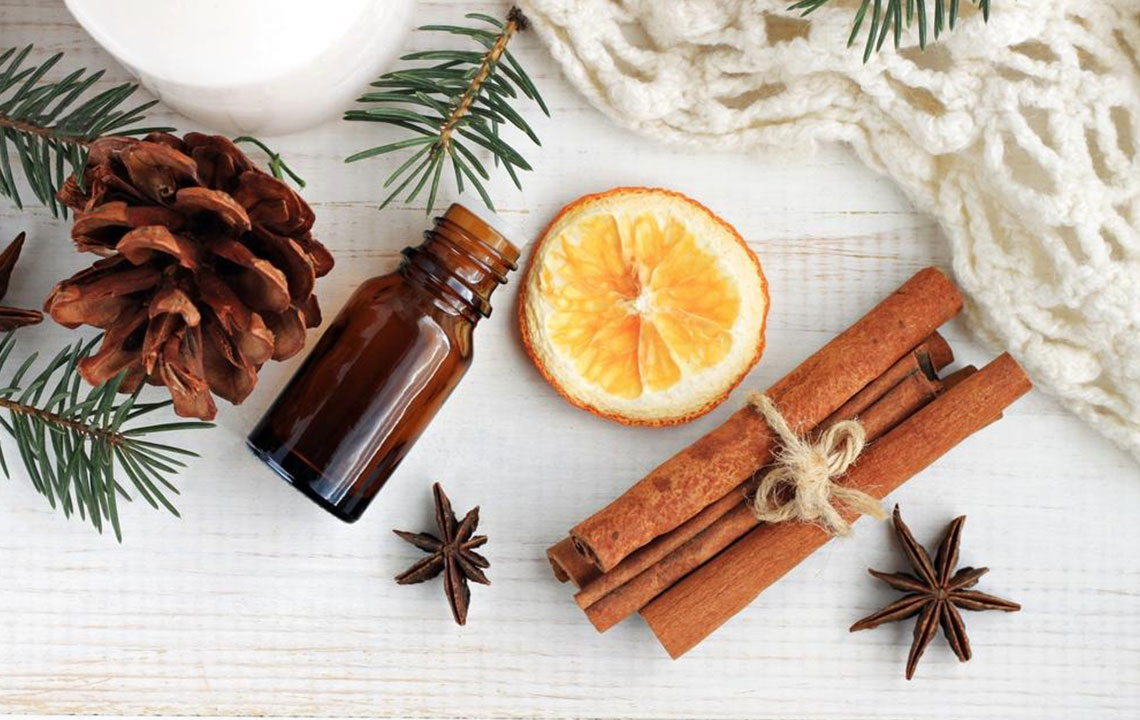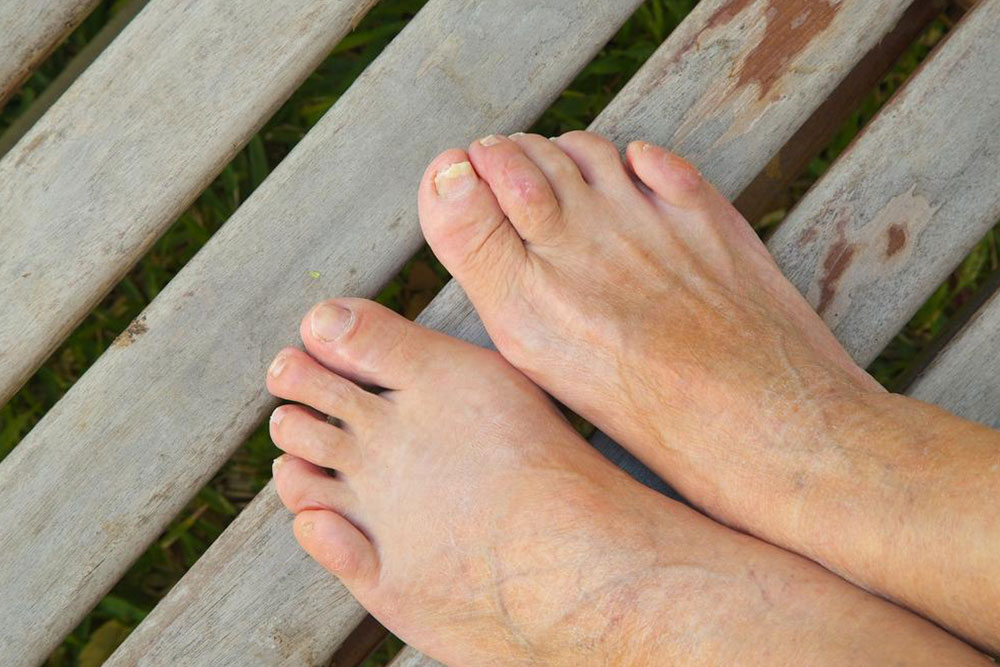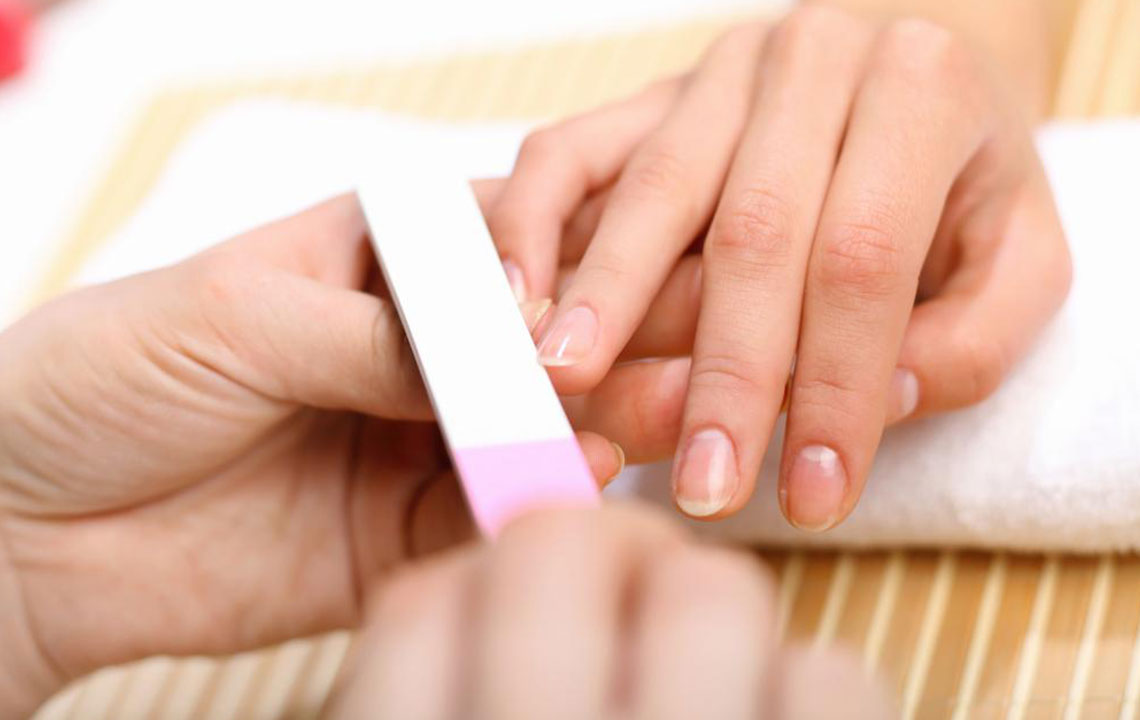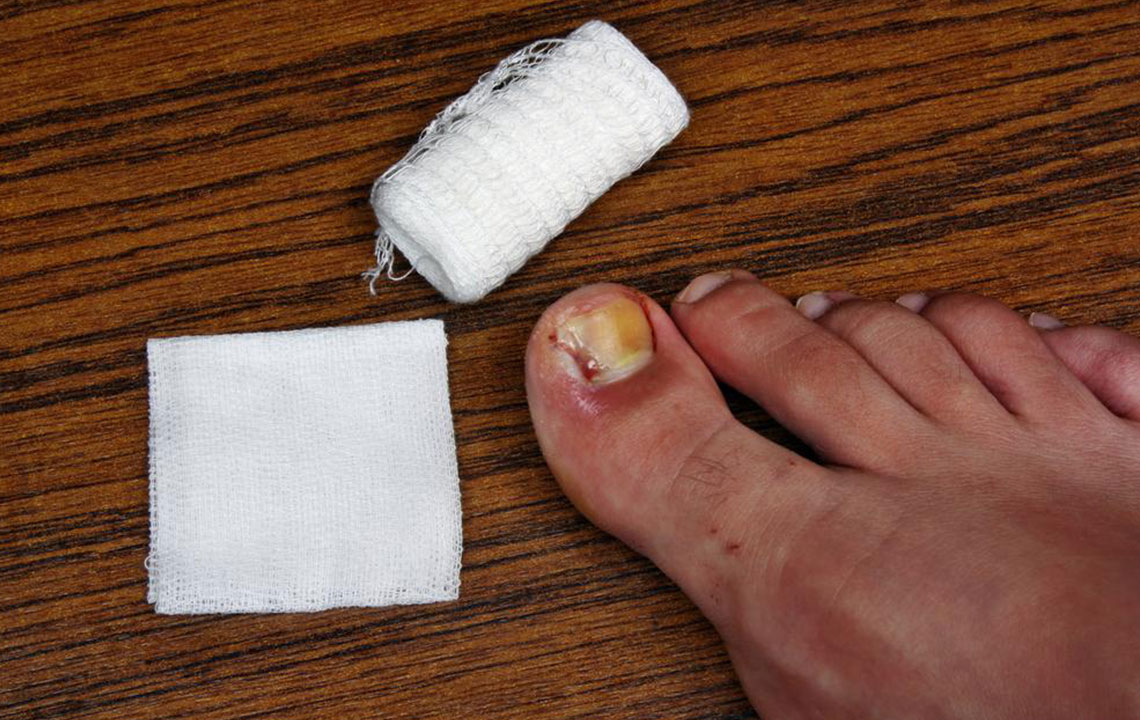Comprehensive Guide to Natural Remedies for Toenail Fungus Prevention and Treatment
This comprehensive guide explores natural remedies for toenail fungus, including essential oils, coconut oil, baking soda, and lifestyle tips. Regular application and good hygiene are key to restoring healthy nails. Whether you seek safe home treatments or preventive strategies, this article provides valuable insights to help you eliminate toenail fungus effectively and naturally.

Effective Natural Strategies to Overcome Toenail Fungus
Toenail fungus, medically known as onychomycosis, is a common issue that affects millions worldwide. Characterized by thickened, discolored, and brittle nails, this condition is caused by various fungi, mold, and yeast thriving in warm, damp environments. The everyday conditions such as sweaty shoes, humid bathrooms, and inadequate foot hygiene create the perfect breeding grounds for fungal infections. While pharmaceutical treatments are available, many prefer natural remedies for their safety, accessibility, and minimal side effects.
Understanding the causes and effective natural remedies can significantly improve your chances of eradicating toenail fungus without relying solely on medications. This comprehensive guide explores proven home remedies and lifestyle changes that can help you restore healthy nails naturally and prevent future infections.
Essential Oils for Fungal Infection: Tea Tree and Orange Oil - Renowned for their potent antifungal, antibacterial, and disinfectant properties, essential oils are a cornerstone in natural fungus treatment. A popular mixture involves combining a teaspoon of tea tree oil with half a teaspoon of orange essential oil and half a teaspoon of olive oil. Using a cotton ball, soak in this blend and gently apply to the affected nails, allowing it to dry naturally. Alternatively, dilute 4-5 drops of tea tree oil in a bowl of warm water and soak your feet for 15-20 minutes daily. Regular applications help inhibit fungal growth and promote healing.
Coconut Oil: Nature’s Fungal Fighter - Rich in medium-chain fatty acids, coconut oil penetrates fungal cell membranes, disrupting their structure and killing the fungi from within. To maximize its benefits, wash and dry your feet thoroughly before massaging coconut oil directly onto the infected nails and surrounding skin. Wearing gloves while applying ensures the oil reaches the nail bed fully. Repeat twice daily and continue for several weeks to observe significant improvements.
Baking Soda and Apple Cider Vinegar Soak - Baking soda is known for its antifungal properties, which help neutralize fungal odors and inhibit growth. Apple cider vinegar, with its acidic nature, creates an inhospitable environment for fungi. Prepare a foot soak by mixing four tablespoons of baking soda with one cup of apple cider vinegar and enough warm water to cover your nails. Soak your feet for 15 minutes, then dry carefully. Consistent twice-daily soaks can accelerate healing and reduce fungal presence.
Snakeroot Extract: Nature’s Antifungal Ally - Extracted from plants like Ageratina adenophora, snakeroot exhibits strong antifungal activity. Applying this extract directly to infected nails over several days can help eliminate fungi. Use a sterile dropper to apply a small amount, ensuring it covers all affected areas. Persistence over weeks often leads to significant improvement.
Garlic’s Potent Antifungal Properties - Garlic contains compounds like allicin and ajoene, which are highly effective against fungi. The simplest method is to crush a few garlic cloves and mix with vinegar to create a topical solution. Applying this mixture to infected nails and covering with a bandage allows the active compounds to work overnight. Consuming raw garlic or garlic-infused olive oil daily can also boost your immune system’s ability to fight fungal infections from within.
Lemon Juice: Natural Antifungal and Antiseptic - Freshly squeezed lemon juice is rich in citric acid and possesses natural antifungal properties. Applying lemon juice directly to the nails, then allowing it to dry for about 30 minutes before rinsing, can help reduce fungal load. For enhanced efficacy, mix lemon juice with a few drops of clove or eucalyptus oil and apply for 2-3 hours daily. Consistent use over a month can lead to noticeable improvements in nail clarity and health.
Lavender and Oregano Oils for Fungal Relief - Lavender oil is not only calming but also contains antifungal compounds. Applying a few drops of lavender oil to the affected nails overnight, especially when used with socks, enhances absorption and accelerates healing. Oregano oil, rich in carvacrol, offers powerful antifungal effects. When diluted with a carrier oil like olive oil, dabbing a small amount on infected nails daily can aid in infection clearance.
Supporting Your Microflora with Probiotics and Olive Leaf Extract - Maintaining a healthy balance of microflora is essential for preventing fungal overgrowth. Probiotic supplements or probiotic-rich foods like yogurt and kefir promote beneficial bacteria in your system. Olive leaf extract, known for its detoxifying and antifungal properties, can be taken internally or applied topically as an oil or cream. These natural strategies help strengthen your immune defenses and support ongoing recovery.
Ensuring Consistency and Care - Natural remedies require patience and regular application to be effective. Treatment might take several weeks to months depending on the severity of the infection. Proper foot hygiene, avoiding damp environments, wearing breathable footwear, and disinfecting shoes are crucial complementary steps. Combining these lifestyle habits with natural treatments maximizes your chances of eliminating toenail fungus permanently and restoring healthy, strong nails.
In conclusion, natural remedies offer safe, accessible, and effective options for treating toenail fungus. They work best when used consistently over time, combined with good foot hygiene and preventive measures. If fungal infections persist or worsen, consulting a healthcare professional remains essential for tailored treatment options.





